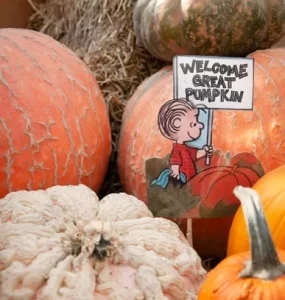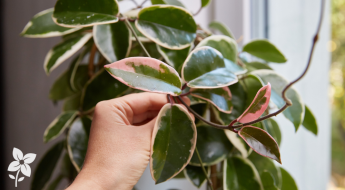
Growing Strawberries
by Rob Sproule
Eating strawberries right off the runner is the sweetest way to spend a summer afternoon. A slightly tarter, but still delicious way to wile away the hours is to munch on ripe rhubarb stems twisted right off the plant.
Like all fruits and veggies, these classics are better while fresh, and especially when home-grown. As delicious as they’ll already be, there are tips and tricks to make them taste even better, both in the garden and in the kitchen.
Growing Perfect Strawberries
Getting the best tasting strawberries starts with planting. Make sure the soil drains freely and is chopped full of rich organic matter. If water pools, or if it’s dustily depleted, enrich with a generous dose of compost or sea soil.
If you’re really keen, check the soil’s pH to ensure it’s slightly acidic (between 6-7). Strawberry plants love potash and phosphorous, so sprinkle wood ash and bone meal in while planting.
As with herbs, young plants yield the sweetest fruit. While older plants produce more, it’s by replacing quality with quantity. I suggest re-planting perennial strawberries after 3 years; establish 1/3 rotation so you’re never left hungry.
While strawberries are the sweetest in the full sun, their roots like life cool. Layer 2 inches of wood mulch on the soil to both slow down evaporation and so ripening fruit doesn’t flop into dirt and rot. Harvesting strawberries is a science where a couple of hours could mean the difference between berries being the best you’ve ever tasted or merely delicious. When the berry is evenly red (including where it attaches to the stem) the sugars are at their mouth-watering maximum.
Sun sweetens everything, so pick berries in the afternoon heat. The faster you eat them the better, especially if you pick them fully ripe. Pinch or cut (never yank) to pick, leaving a half inch of stem on the fruit.
What Type is Best?
As if different varieties of plants weren’t complicated enough, now there are types too. What the heck is “June bearing” anyway? Let’s break it down.
June bearing varieties with put out a big flush of fruit (up to a quarter per plant) in late spring or early summer. If you like making jam, pies, or other sumptuous treats that require large amounts of berries all at once, these are your plants.
Tending to be the more old-fashioned varieties, June bearers are getting harder to find but worth it if you want a big harvest. They also send a lot of runners out and, while not the prettiest plants, are perfect for creating dense ground cover.
Ever-bearing strawberries include many of the new, more fashionable varieties and are often prettier plants than their more gangly June-bearing cousins. They’re the grazer’s strawberry, trickling out sweet fruit throughout the growing season. With fewer runners and generally being a more compact plant, they tend to be the favourites for hanging baskets and container stuffing.
Alpine strawberries are starting to make a splash. The plants are smaller and the fruit is tiny. While that is not typically a selling feature, few who experience the sweetness of alpines ever want anything else. They yield in small amounts throughout the season.















